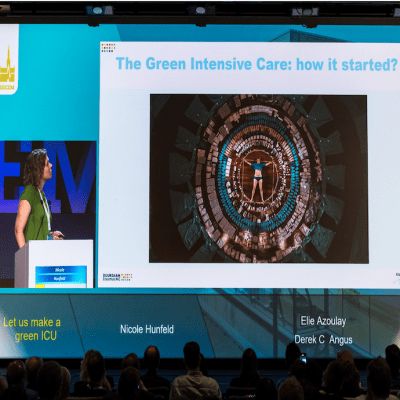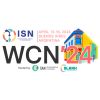A new study describes how telementoring can help even non-physicians obtain high-quality and clinically relevant ultrasound images using video chat software (e.g., FaceTime) in low-income countries.
See Also: Optimising Use of Tele-ICU in Rural Hospitals
Commercially available software can connect providers in institutions in poor countries to geographically removed intensivists at a relatively low cost and without the need for exclusive training of local providers, says the study that will appear in Journal of Critical Care.
Point-of-care ultrasound (PCUS) is a valuable tool that improves diagnostic ability when managing critically ill patients, especially in resource-constrained settings. However, human resource limitations and lack of ultrasound skills training often prevent widespread use of this technology. One solution is telementored ultrasound, whereby a geographically removed expert can mentor local untrained personnel to perform PCUS.
Formal remote telementored ultrasound (RTMUS) programmes are expensive to implement and require significant resources to maintain. The costs associated with equipment, transport, maintenance, and training can be prohibitive in resource-constrained settings. Compared to formal RTMUS systems, simpler modalities, such as commercially available smartphone video chat software, have demonstrated promise.
This feasibility study aimed to determine whether high quality PCUS images obtained locally in a low-income country could be transmitted in real time and interpreted remotely by a tele-intensivist in the United States using commercially available video-chat software.
Nine Haitian non-physician healthcare workers received a 20-minute training on basic ultrasound techniques. A volunteer was connected to an intensivist located in the USA via FaceTime. The intensivist remotely instructed the non-physicians to ultrasound five anatomic sites. The tele-intensivist evaluated the image quality and clinical utility of performing tele-ultrasound in a low-income country.
The non-physician trainees performed 63 ultrasound acquisitions. The tele-intensivist found the process of performing remote telementored ultrasound efficient 100 percent of the time at all anatomic locations. The intensivist agreed (defined as “agree” or “strongly agree” on a five-point Likert scale) that 90 percent (57/63) of the FaceTime images were high quality. The intensivist felt comfortable making clinical decisions using FaceTime images 89 percent (56/63) of the time.
While commercially available software such as FaceTime is double encrypted, satisfying Health Insurance Portability and Accountability Act (HIPAA)-compliant regulations, the study notes that the appropriate business-legal steps have not been taken to permit its use for patient-specific data transmission.
"To our knowledge, no precedent regarding the medical-legal liability and responsibility surrounding international telemedicine exists. Adverse events are inevitable in medicine, and formal memoranda of understanding between institutions and governments would be necessary for an enhanced partnership," the authors write.
Source: Journal of Critical Care
Image Credit: Pixabay
References:
Robertson, Thomas E. et al. (2017) Remote tele-mentored ultrasound for non-physician learners using FaceTime: A feasibility study in a low-income country. Journal of Critical Care; doi.org/10.1016/j.jcrc.2017.03.028
Latest Articles
A new study describes how telementoring can help even non-physicians obtain high-quality and clinically relevant ultrasound images using video chat software (e.g., FaceTime) in low-income countries.























